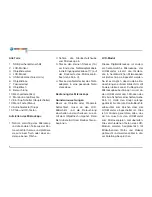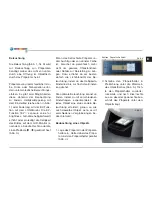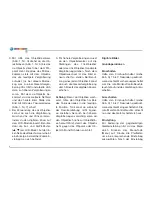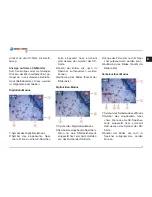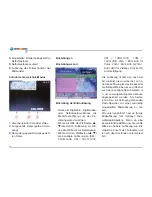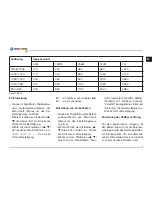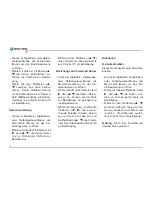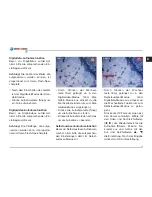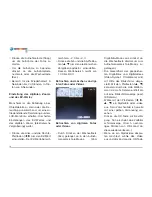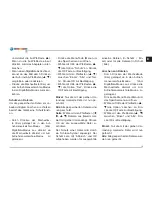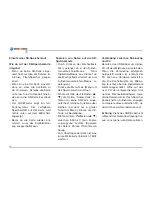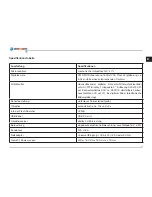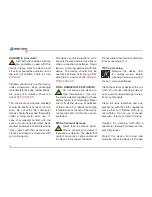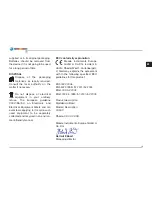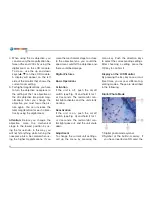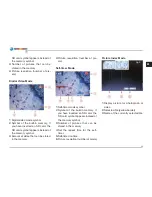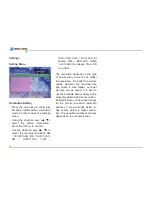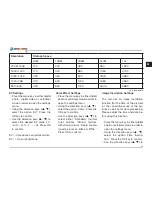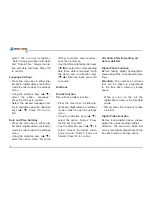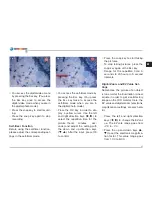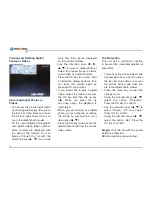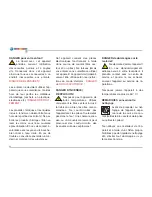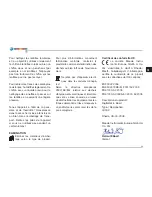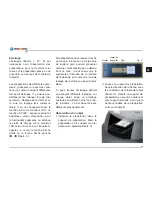
20
These are the parts of your
microscope
1 SD Card Receptacle
2 LCD Monitor
3 Objective Nosepiece
4 LCD Module
5 Mini USB Cable Receptacle
6 Objective Lens
7 Focus Knob
8 Mechanical Stage
9 Illuminator
10 Esc Key
11 Monitor Control Light
12 On/off Switch (Main Switch)
13 Menu Key
14 Snap Key
15 Direction/OK Key
16 Power Adapter
17 Unit Outlet
Setting up your Microscope
1. Carefully remove the microscope
and the other components from
the package and place them on a
table or other flat surface.
2. Remove the dust cover from the
microscope.
3. Plug the small adapter (16) at the
end of the power adapter cable in
the unit outlet (17) on the back of
the microscope base (see Fig. 2).
4. Plug the adapter part of the power
cable into an appropriate power
outlet.
Using the Microscope
Basic Prerequisites
Before you observe objects or speci-
mens, you must turn on the LCD
monitor and the illuminator. You also
have to know how to operate the
mechanical stage. Then you will be
ready to start observing.
LCD Module
This digital microscope is different
than a conventional microscope. The
LCD monitor replaces the eyepieces
that are used on typical microscopes
for observing. As a result, it is pos-
sible to share your observations with
others by using the monitor. Before
you start observing, you must turn
on the LCD monitor by pressing the
on/off switch (see Fig. 3). Push and
hold the button until the red control
light turns on. This is the sign that
the LCD is activated. Basically, this
is all you have to do to get the LCD
monitor ready for observing. The dif-
ferent keys of the LCD module are
used mainly for taking pictures (pho-
tographs and videos) and they will be
explained later in these instructions.
Illumination
The illuminator (Fig. 1, No. 9) is re-
quired for the observation of prepared
specimens. The light comes through
an opening on the mechanical stage
from below and shines through the
specimen.
Specimens of different sizes, thick-
ness or color variations require differ-
ent levels of light. There are two ways

